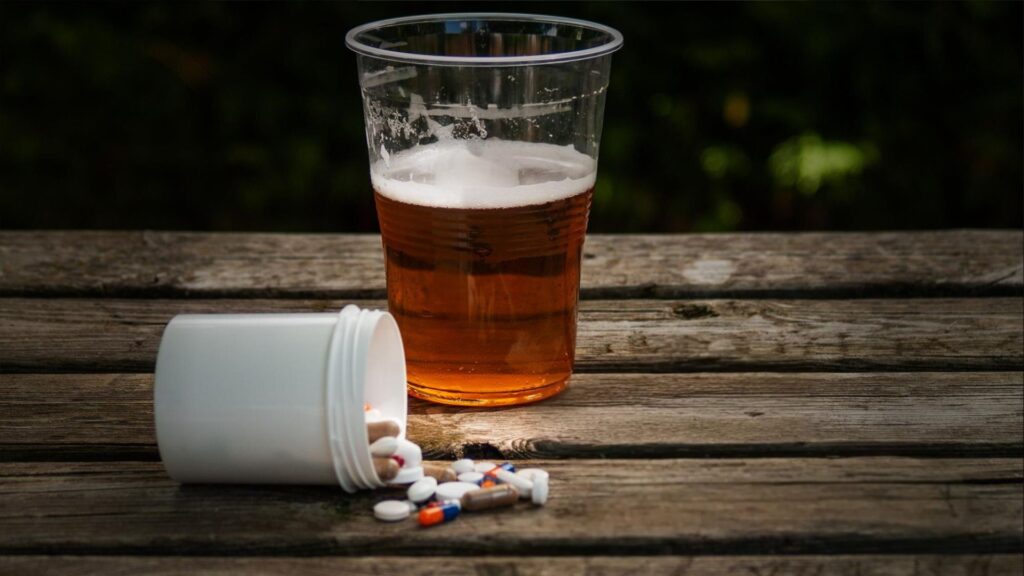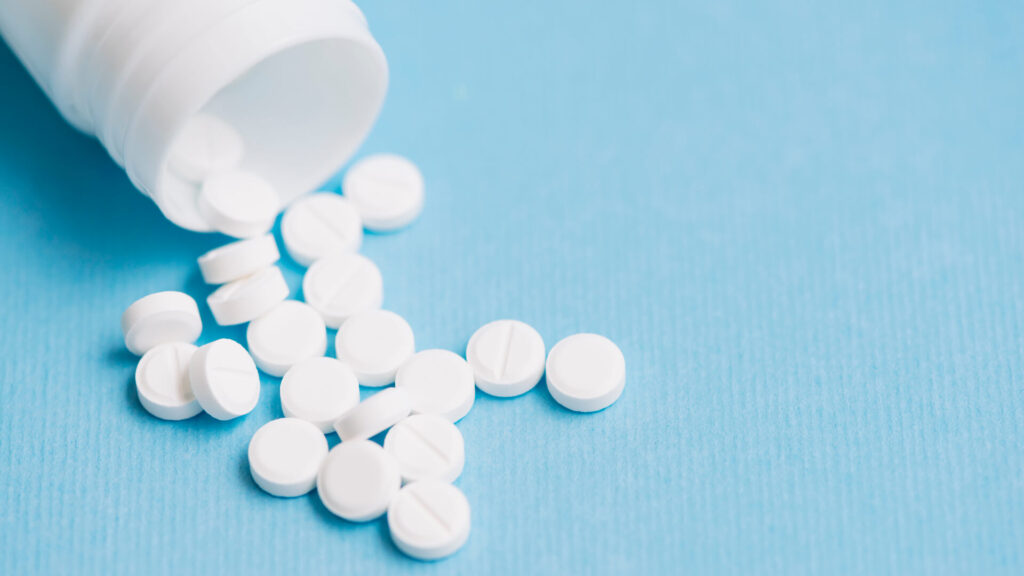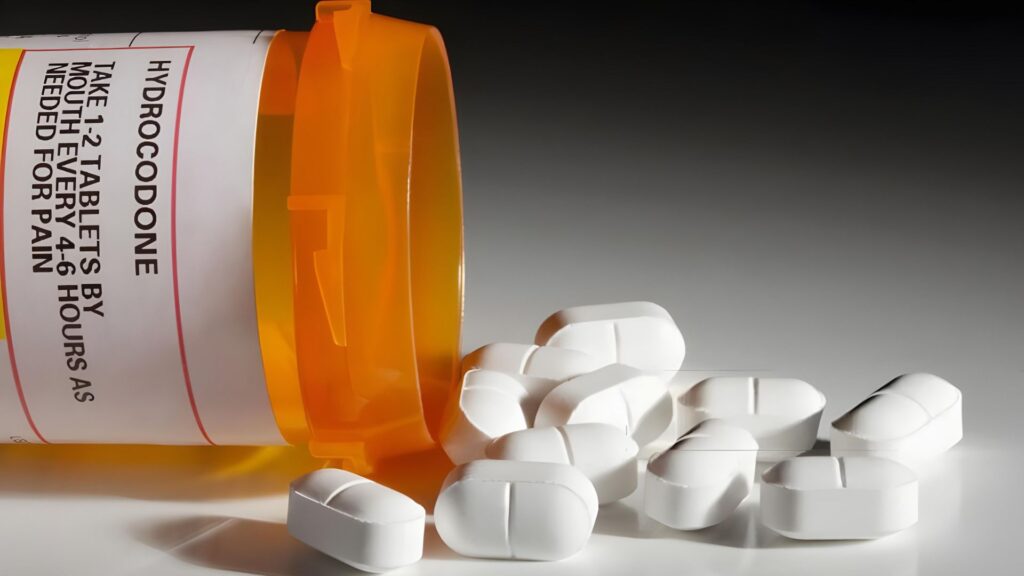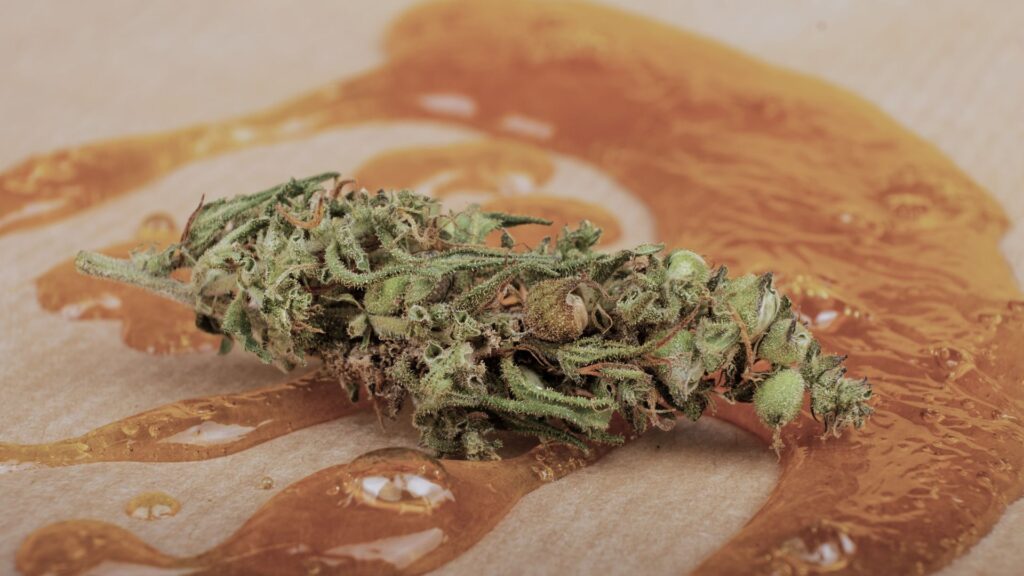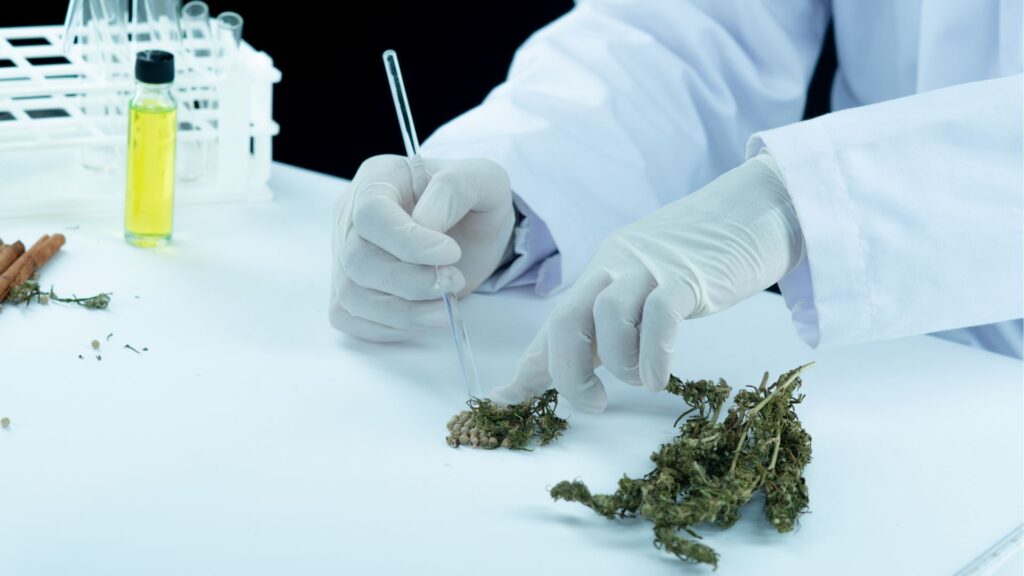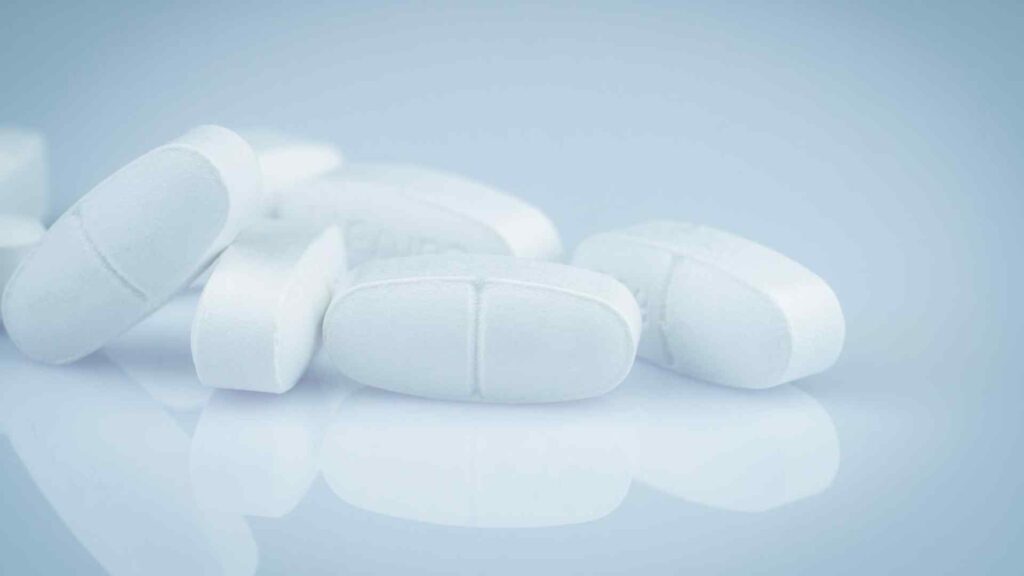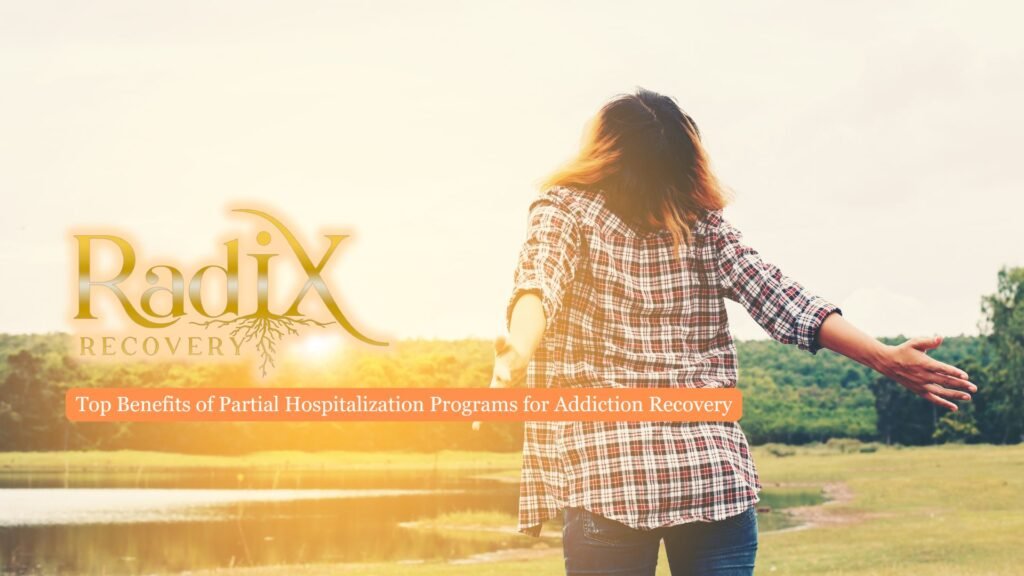Crack cocaine and methamphetamine are two well-known stimulant drugs that have gained notoriety for their addictive potential and harmful effects. Although crack and meth seem similar, there are differences between the two, and have different impacts on the body and brain.
This article will delve into the unique characteristics of each drug, explore their shared dangers, and highlight the key differences between crack cocaine and methamphetamines, providing a clearer understanding of why they are often confused but fundamentally separate in their chemical makeup and effects.
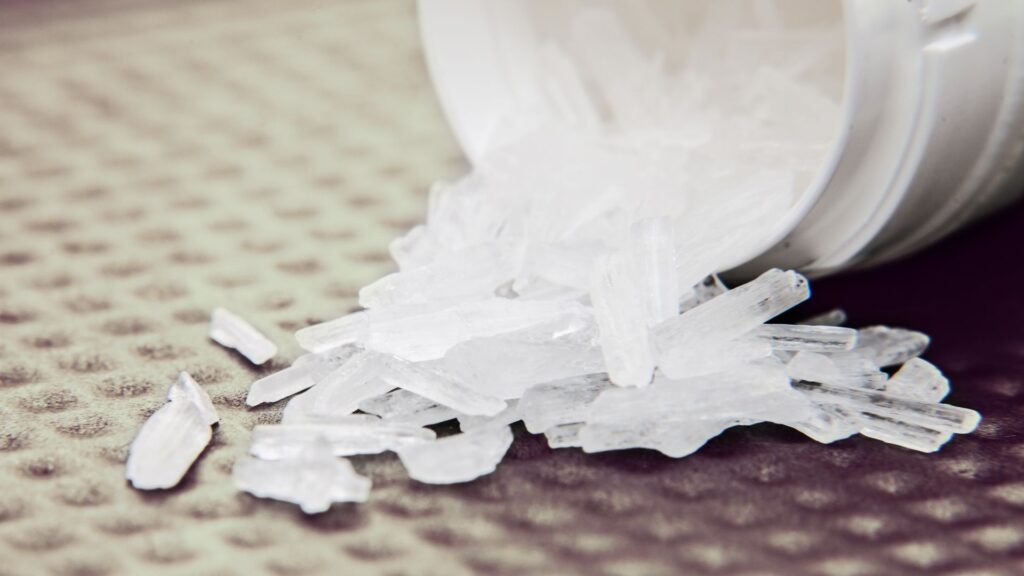
Crack (Crack Cocaine) vs Meth (Methamphetamine)
Crack and meth are highly addictive stimulants, therefore recognizing the signs of addiction and seeking professional guidance through stimulant addiction treatment is a crucial step toward recovery.
What Is Crack Cocaine?
Crack cocaine is a form of cocaine derived from the coca plant, primarily grown in South America. It is produced by processing powder cocaine with baking soda and water, creating solid crystals known as crack. This crystallized form of cocaine typically appears as pale pink, white, or yellowish rocks. Typically, crack is smoked, which delivers an immediate and intense high that lasts about 5 to 10 minutes, followed by a rapid comedown.
The effects of crack include a surge of euphoria, increased energy, and heightened alertness. However, crack abuse carries serious health risks such as cardiovascular damage, lung problems, paranoia, anxiety, and a high potential for addiction.
What Is Methamphetamine (Meth)?
Methamphetamine, or meth, is a synthetic drug manufactured from various chemicals, often including pseudoephedrine. It appears in powder, pill, or crystalline forms, with “crystal meth” resembling shards of glass. Meth can be smoked, snorted, injected, or taken orally. Its effects are longer-lasting than crack, producing increased energy, focus, and euphoria for up to 16 hours.
Meth’s health risks are severe and include psychological effects like psychosis and aggression, physical damage such as “meth mouth” and skin sores, and cardiovascular and neurological harm. Despite its dangers, meth has limited medical uses under strict supervision for conditions like ADHD and narcolepsy.
Similarities Between Crack and Meth
Both Crack and Meth are Powerful Stimulants
Methamphetamine and crack cocaine are potent stimulant drugs that increase activity in the central nervous system. They flood the brain with dopamine, producing intense feelings of pleasure and euphoria, which strongly reinforce drug-taking behavior.
High Addiction Potential
Both substances are highly addictive, with dependence often developing rapidly after just a few uses. Their effects on the brain’s reward system create powerful cravings and compulsive drug-seeking behaviors.
Severe Long-Term Health Risks
Long-term use of either drug can cause serious health problems in individuals struggling with crack or meth addiction.
Crack use is linked to lung damage and cardiovascular issues, while meth use causes severe dental decay (“meth mouth”), skin sores, and neurological damage. Crack and meth addiction weakens the immune system and accelerates physical aging, with significant mental health impacts including anxiety, hallucinations, and violent behavior.
Profound Mental Health Effects
Both crack and meth can lead to significant mental health challenges. People dependent on crack or meth often experience anxiety, paranoia, and hallucinations, whereas those addicted to meth are more prone to psychosis, delusions, and violent behavior. Both drugs can cause lasting cognitive impairments and mood disorders even after stopping use.
Illicit Status and Social Consequences
Crack and meth are illegal substances with no approved recreational use. Their use is associated with legal problems, social stigma, and often leads to negative impacts on relationships, employment, and overall quality of life.

Key Differences Between Crack and Meth
- Chemical Origin: Crack is plant-based, derived from the coca plant, while meth is entirely synthetic.
- Duration of High: Crack produces a short, intense high lasting about 5 to 10 minutes, whereas meth’s high is longer, lasting several hours.
- Method of Use: Crack is primarily smoked, while meth can be smoked, snorted, injected, or ingested orally.
- Effects: Meth tends to cause more severe long-term physical and psychological damage compared to crack.
- Addiction Patterns: Both are highly addictive, but meth’s longer-lasting high can lead to meth binge and more intense dependency.
Addiction and Treatment Considerations
Meth or crack addiction requires a specialized addiction treatment program that addresses their unique effects and withdrawal symptoms. With the right treatment—often including behavioral therapies like cognitive-behavioral therapy (CBT), medical support, and long-term recovery planning—individuals struggling with crack or meth use can safely manage withdrawal, regain mental clarity, and develop healthy coping strategies for a successful recovery.
Final Thoughts from Radix Recovery
While crack and meth share some similarities, they are chemically and behaviorally distinct substances. These powerful stimulants often take control of a person’s life, making it challenging to quit without professional help.
Radix Recovery’s Stimulant Addiction Treatment Program in Cedar Rapids, Iowa, covers both meth and crack addiction and provides compassionate, holistic care, addressing the root causes of addiction and equipping individuals with the tools and skills needed to achieve lasting sobriety to rebuild their lives.







